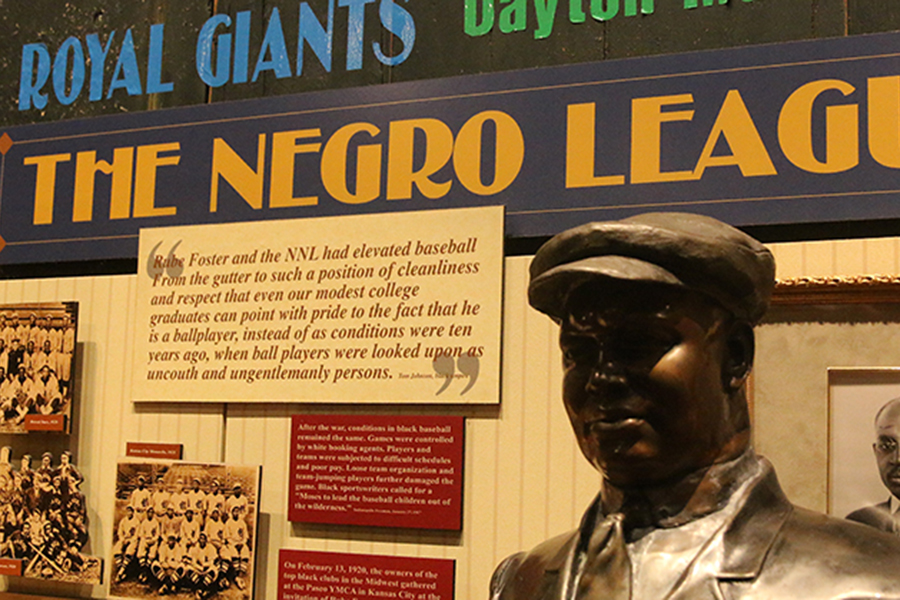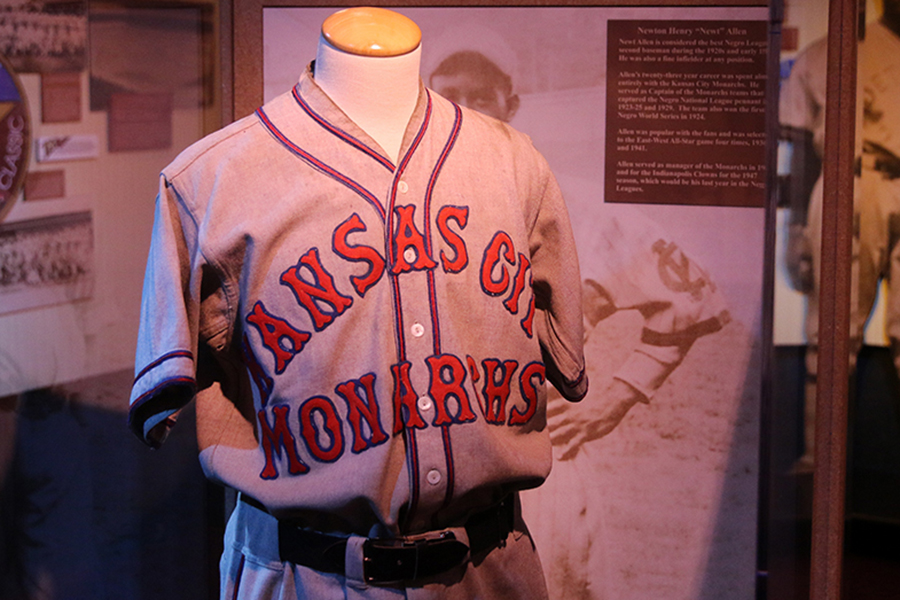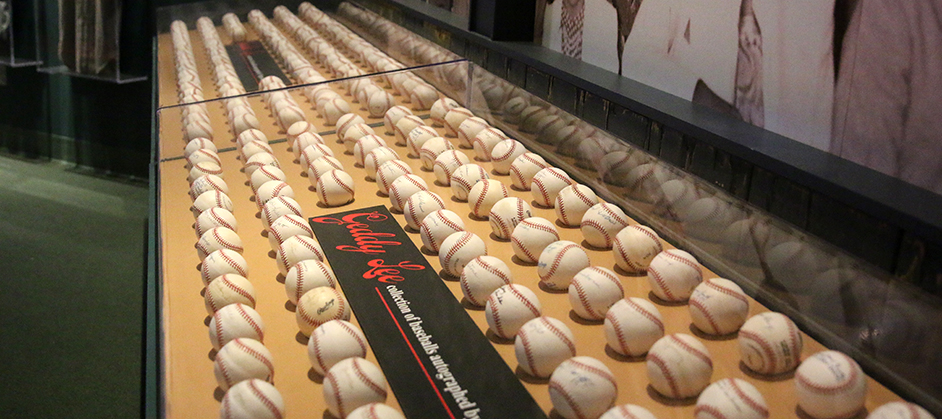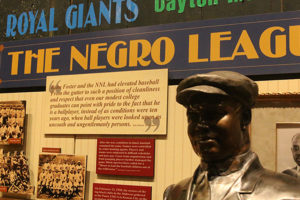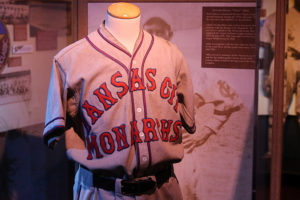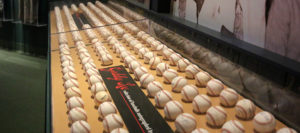Negro Leagues Baseball Museum Pays Tribute
Visiting the Negro Leagues Baseball Museum is a reminder of Kansas City baseball history.
For about three years now, the mounting excitement surrounding the Royals has truly made Kansas City a “baseball town.” The last two Octobers have been packed full of post-season stress, sweat and tears. Arguably nothing else brought together Kansas Citians in recent history like the attendance of 800,000 people at the World Series parade in Nov. 2015.
However, visiting the Negro Leagues Baseball Museum proved to me that Kansas City has always been a baseball town, long before the boys in blue brought home the World Series trophy. I learned more than I ever knew before about the history of black Americans in baseball and was reminded about the importance of black history in general.
I had always known that the Negro Leagues Baseball Museum is a museum in Kansas City, but had never actually taken the time to visit it. After making the trek downtown, I noticed that the 18th and Vine district where the museum is located was largely deserted and almost desolate.
In this neighborhood where jazz bars used to dominate nightlife and draw celebrities from around the country in the mid 20th century, it seemed like the museum was the only reason any people were around.
Upon entering the large and airy foyer of the museum, I was offered admittance into the Negro Leagues section of the museum for a fee of $10 or admittance into both the Negro Leagues Museum and the Jazz History Museum for a combined fee of $15. As both museums are nonprofits that are privately funded, I was happy to pay this cheap price of admission. With my ticket clutched in hand, I wasn’t sure what to expect out of my experience, but regardless I entered into the museum with high hopes.
Tattered and dusty jerseys hung in shadow boxes as homages to the players who wore them. Black and white photos of players and spectators alike brought life to the history written on the displays. The sounds of players giving testament to their performances in games and the voices of thousands of cheering fans echoed through speakers throughout the museum.
I immediately noticed that the NLBM itself offered a variety of multi-media exhibits to present the history of the negro leagues. For those that were not interested in reading paragraphs of information about baseball, there were movie screenings and audio recordings to watch and listen to. It was clear that the museum intended to immerse visitors of all ages in the important history of the negro leagues. The easy-to-follow displays made learning about history much more interesting than expected.
Although the NLBM pays tribute to the history of the negro leagues that assembled across the United States, there is clearly a special place in the museum for the Kansas City Monarchs. The stories of Satchel Paige, Buck O’Neil and Jackie Robinson localizes the history of the leagues and assures visitors that KC has always contributed to the history of baseball even without a trophy.
Kansas City baseball history and the history of the people who trail blazed integrating professional sports is immortalized in the displays of the museum. History buffs and those with an appreciation for baseball alike will feel a deep sense of pride when visiting the NLBM.



